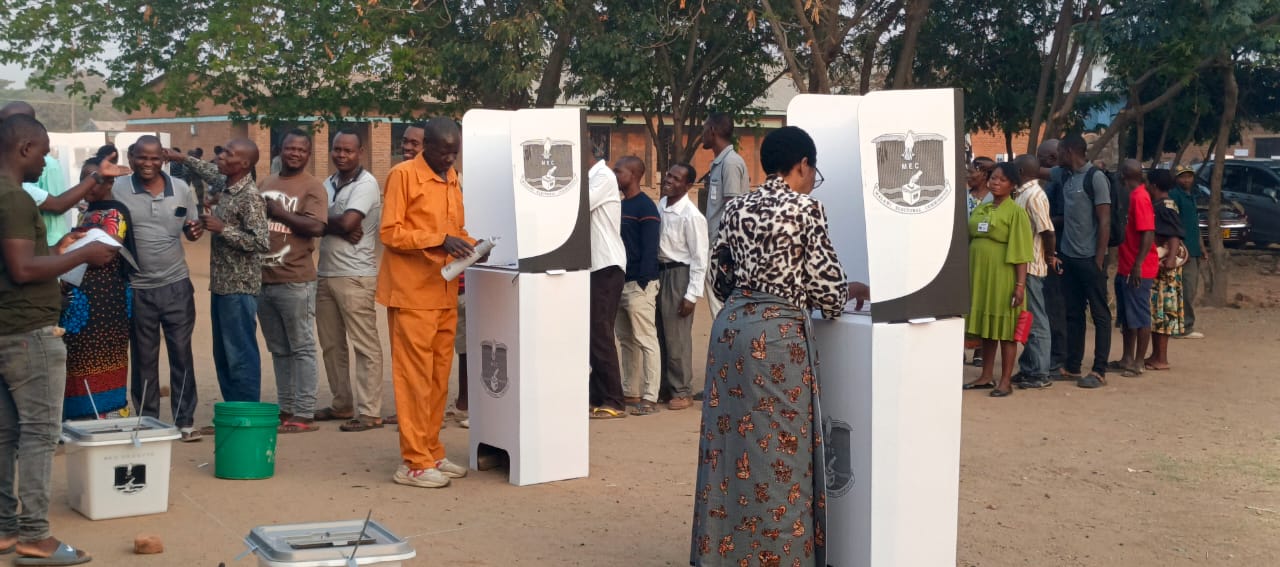By Vinayak Milan Pradhan
Copyright techgenyz

The matter of space tourism in 2025 is about what’s to come as much as the innovations that have arrived. Virgin Galactic’s Delta-class vessels will ensure greater frequency of flights and more passengers per flight. Blue Origin will likely expand its services and aim to make suborbital flights a luxury experience akin to high-end expeditions on Earth. Axion and SpaceX, in the meantime, are working toward more regular orbital flights and setting up the groundwork for private space stations that can become an alternative to the ISS as a destination for tourists.
Space Tourism in 2025: What It Costs, Companies & Future Trends
For decades, the notion of boarding a spacecraft as nonchalantly as an airplane has captured the popular imagination. As science fiction portrayed space holidays as a certainty, actual progress has been slower and rather complex. And in 2025, space tourism has become a reality, but under certain strict conditions only a few can check off. A few companies now provide suborbital joyrides, private flights, and orbital experiences tailored for civilian passengers. The tempo is slow, the rule firm, and the cost astronomical, but commercial spaceflight is clearly entering a new era.
Where Things Stand in 2025
The most significant advance in space tourism comes from a small set of pioneering companies. Axion Space, in collaboration with SpaceX, has become an industry leader in private orbital missions. Axiom finished its fourth mission, Ax-4, in June 2025, dispatching a crew of private astronauts to the ISS for over two weeks. These missions, which were successfully launched on SpaceX’s Crew Dragon capsule, demonstrate that missions like these are genuinely possible.
They are designed as research and diplomacy missions, with future flights for paying customers that can take place for national or institutional partners. Nevertheless, they demonstrate that private citizens can now purchase long-duration trips to orbit and safely back, something that was unimaginable a decade ago.
SpaceX is still the driving force behind these flights, with the rockets and spacecraft used to take travelers into orbit. Although its grandiose Starship program is not yet ready to transport tourists, the tried-and-true combo of the Falcon 9 and Crew Dragon has become the workhorse of commercial orbital spaceflight. The role of the company in making orbital tourism a reality cannot be overstated. Without SpaceX, Axiom’s mission would exist on paper and not operationally.
In the meantime, suborbital flights, brief rides over the border of space before rapidly coming back to the Earth, have remained popular. Blue Origin’s New Shepard has carried out several missions up to 2024 and 2025, giving riders minutes of weightlessness, along with an incredible sight of the Earth from space. While many of those flights had reasons to research payloads, space tourists continue to book seats on board, demonstrating that there is consistent demand for the short but exhilarating ride to space.
Virgin Galactic, which was previously a leader in this market, has temporarily suspended regular flight operations while transitioning to a new series of spaceplanes. Its Delta-class vehicles are in production, and commercial passenger flights are expected to happen by 2026. Therefore, 2025 is a transitional year for the company, in which it invests heavily in the future of suborbital tourism and temporarily puts operations on the back burner.
The Cadence of Flights
The number of space tourism flights in 2025 remains small. Blue Origin’s New Shepard flights have persisted all year, providing occasional openings for riders. Virgin Galactic is nowhere near the sky, instead working on its Delta-class vehicles. Thus far, the vision of weekly or even monthly suborbital flights for scores of tourists still remains unrealized. Flights, instead, are planned out sparingly, with extensive periods between flights.
Orbital tourism has an even more leisurely pace. Other flights, such as Axiom’s Ax-4, are scheduled months or even years beforehand and involve coordination with NASA, as well as international partners. Each voyage is dependent on available docking windows with the ISS, limiting the overall frequency. For now, orbital tourism is not yet a mass-market offering but a customized, high-profile endeavor for a small set of exclusive travelers.
Cost of Space Tourism in 2025
Space travel is still one of the priciest things money can buy. Virgin Galactic suborbital tickets, once Virgin resumes sales, will likely sell for between $450,000 and $600,000 per ticket. Blue Origin does not disclose much about its prices, but those close to the industry estimate that its tickets typically run into the high six figures or higher, depending on the arrangements. It keeps the customer base confined to celebrities, the rich, and occasional institutional backers.
Orbital flights, on the other hand, cost much more. A ticket on an Axiom Space mission to the ISS is supposedly in the tens of millions, with some figures as high as $70 million. This places orbital travel in a more national space program-like category rather than luxury travel. However, there is no lack of interest, as wealthy benefactors and even governments realize that there is substantial worth in pioneering missions that bridge personal experience with symbolic and scientific value.
Market Size and Industry Growth
Industry experts value the global space tourism market in 2025 at around $1.5 to $1.6 billion. Trends are positive, with predictions pointing towards stable growth over the decade, as more players move into the business and prices slowly fall. The projections, however, are based on assumptions about accelerating flight frequencies, good safety records, and the development in the distant future of commercial space stations to accommodate a larger number of tourists.
Challenges and Barriers
For all the hype, space tourism is still constrained by a list of serious issues. Safety is a top priority. Each ship has to be tested and approved by regulators extensively, especially by organizations such as the FAA and NASA. Delays are also inevitable, as businesses are more concerned about perfect records than speedy growth. This is the reason Virgin Galactic suspends flights in building safer, more efficient Delta-class spacecraft, and Blue Origin does so gingerly with New Shepard missions.
Orbit access introduces a further twist. Axiom Space missions are not just reliant on the fidelity of SpaceX launches but also on the availability of the docking ports on the ISS. Orbital tourism is thus limited by international treaties and the finite lifetime of the station itself, which is expected to retire in the early 2030s. The future of space tourism could lie in commercial space stations being developed, which will function as permanent bases for private tourists and astronauts alike.
A Glimpse into the Future
Outside these major pioneers, there are smaller startups and international initiatives sprouting up. Some see the creation of new spaceports and regional services, while others are building out ideas for orbital hotels or zero-gravity entertainment venues. Though these ventures are still mostly on the drawing board, they illustrate the incredible possibilities of a market that is still in its early stages.
So, is 2025 going to be the year space tourism really lifts off? The answer is a yes, and a no. On one hand, private individuals are flying routinely, either on short suborbital flights with Blue Origin or multi-week orbital flights with Axiom and SpaceX. These are no longer solitary experiments, but operational commercial businesses. On the other hand, space tourism has a long way to go until it becomes a mass market. With infrequent flights, tickets priced for billionaires, and the industry having major regulatory and technical challenges to overcome, there are many hurdles that need to be addressed.
The infrastructure exists, the firms are dedicated, and the demand, albeit reserved for the very rich, is stable. Space tourism did take off, though, and it is in its fledgling climb, slowly making its way to the day when departure from Earth will be as convenient as flying around the planet.



